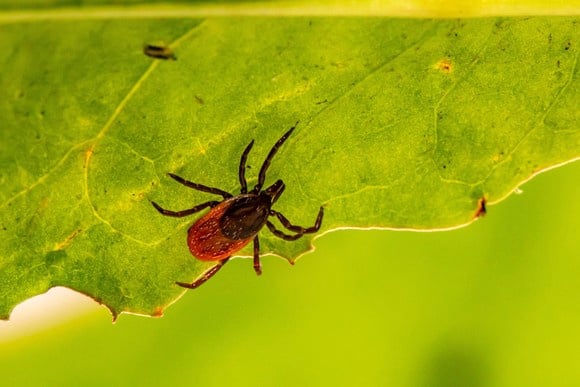With spring upon us, and the weather getting warmer, our woodlands and favourite countryside paths become thicker with vegetation, and so the chances of us getting ticks while we are enjoying the great outdoors increase.
Ticks are small, spider like creatures that feed on the blood of animals, including people. They can vary in size, from as small as a tiny freckle to a similar size to a baked bean!
Most tick bites are harmless, but some do carry Lyme Disease, so it’s important to make sure you look and feel for ticks on you, your family and your pets after you’ve enjoyed outdoor activities and remove them using fine tipped tweezers or a tick removal tool promptly as evidence suggests the risk increases the longer a tick is feeding.
And if you have been bitten, look out for early signs of Lyme Disease, which include mild flu-like symptoms including a fever, headache, fatigue and a bulls-eye rash.
You can try and prevent being bitten by ticks by walking on clearly defined path, using insect repellent* that repels ticks and wearing light colour clothing so ticks are easier to spot on you.
Find out more information on tick awareness and Lyme disease you can read this blog written by the government https://ukhsa.blog.gov.uk/2022/04/13/what-is-lyme-disease-and-why-do-we-need-to-be-tick-aware/ or visit the NHS website.
Some insect repellents are effective against ticks, but some can also be harmful to pets. Please read the instructions before use.




